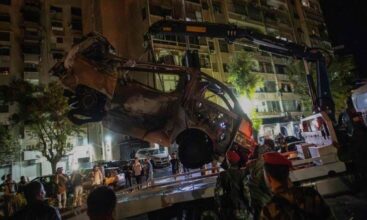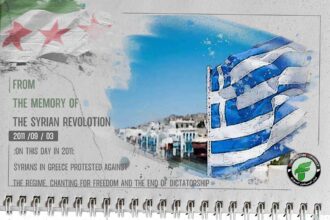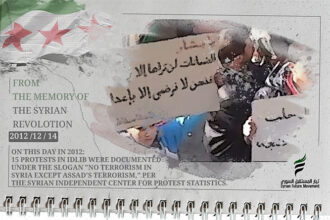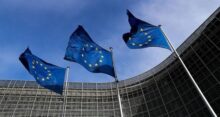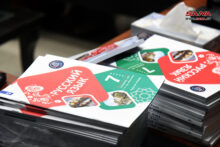Symbols and Figures of the State in Syria (18): Muhammad Sulayman al-Ahmad
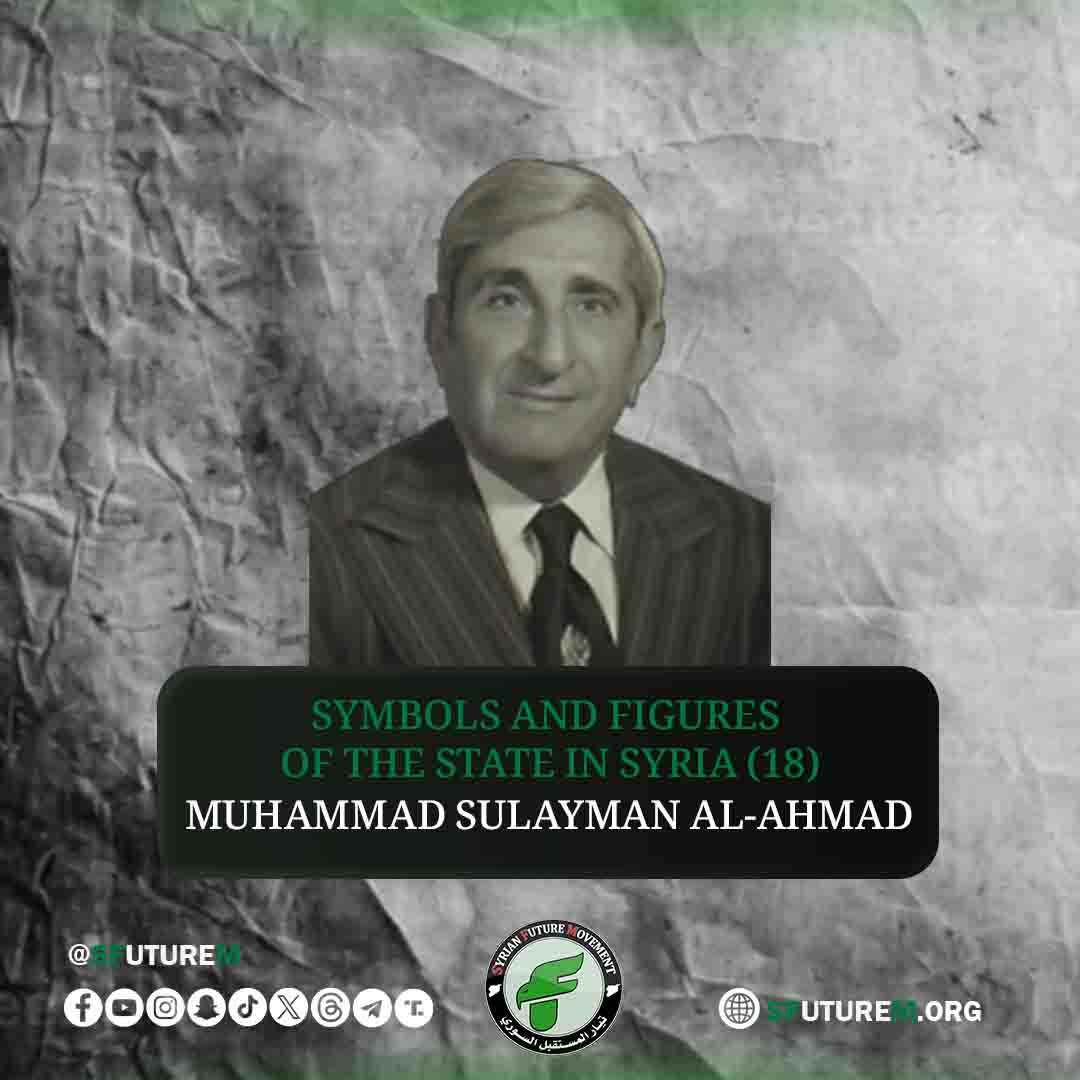
- He is Mohammad Suleiman Al-Ahmad, born in the early 20th century between 1900-1904 in the village of Difa, near Haffa in the Latakia Governorate.
- His father, the scholar Sheikh Suleiman Al-Ahmad, was a linguist and religious jurist, and a member of the religious council in Damascus. His mother, Rajeh Ajib, was from the nearby village of Al-Qweiqa, where the Bedou family settled for 15 years.
- He studied Arabic with his father and completed his primary education in the mountains and secondary education in Latakia. He then joined the Anbar School and began composing poetry.
- His paternal grandfather was Prince, poet, and philosopher Hassan Al-Makzoon Al-Senjari, whose lineage traces back to the kings of Yemen.
- He took lessons in memorizing the Quran, the prophetic hadiths, and classical Arabic poetry from a young age, as requested by his father.
- After the French occupation of Syria following World War I, he became involved in politics and resistance despite his young age.
- Due to colonial pursuit, he had to move between various Arab countries such as Iraq, Jordan, and Lebanon.
- Upon returning to Syria in 1936, he was arrested due to his anti-French occupation activities.
- He was given the nickname “Badawi Al-Jabal” (The Bedouin of the Mountain) by journalist Yusuf Al-Eissa, the owner of the “Alif Ba” newspaper. When Badawi Al-Jabal expressed surprise that his poem carried this title, Yusuf told him that people read famous poets’ work, and since he was not among them, this nickname would encourage people to read his poetry to learn who the poet was.
- His father insisted that he and his siblings speak only in formal Arabic and was keen on educating them in religion, literature, and reading books.
- The French occupation authorities included his name on the list of wanted individuals due to his extensive involvement in the Syrian resistance, causing significant losses to the French. He was arrested many times between 1920-1921 but was released due to his young age.
- He opposed the military regime that followed Adeeb Al-Shishakli’s coup during 1951-1954.
- He was also opposed to the socialism prevalent in Egypt and Syria, describing it as an “evil” system used to increase influence and wealth.
- He criticized the Syrian-Egyptian union of 1958, which, in his view, limited Syria’s democratic system.
- After the French occupation of Syria, despite his youth, he joined Sheikh Saleh Al-Ali’s revolution centered in the coastal mountains of Syria, fighting alongside Al-Ali himself. He also acted as a mediator between him and the then King of Syria, Faisal I.
- In 1925, he participated in the Great Syrian Revolt, leading a group of fighters assigned to attack French checkpoints.
- After being pursued by the French, he moved to Iraq, where he worked as an Arabic teacher in a high school in Baghdad.
- Upon returning to Syria, he resumed his resistance against the occupation, was detained by the French forces for a year, and then returned to Baghdad to continue his teaching career.
- He became a teacher at Baghdad University and was one of the early supporters of Rashid Ali Al-Kilani’s revolution against the British occupation.
- Upon his return to Syria in 1943, he joined the National Bloc, which called for the unity and independence of Syrian territories.
- In the same year, he was elected as a member of the People’s Assembly (Syrian Parliament).
- After independence, he was elected twice in 1947 and 1949.
- He was among the supporters of the National Party, which was founded in 1948, advocating for renewal and non-engagement in the Hashemite regimes in Jordan and Iraq.
- In March 1954, he was appointed Minister of Health during Hashim Al-Atassi’s presidency.
- He was appointed Minister of Information between 1955 and 1956.
- After the Syrian-Egyptian union and due to his views on socialism and Ba’athism, and his political conflict with the government at the time, he moved to Lebanon, then Tunisia, Turkey, and later settled in Switzerland.
- A few months after Syria and Egypt separated, he returned to Syria but decided to step away from politics and devote himself to writing poetry.
- He enriched Arabic literature with a type of classical poetry that balanced imagination and idea. His poetry included various themes such as satire, elegy, love, and some Sufi aspects. Most of his poems had a political tone, resisting French colonialism.
- Among his most significant works: “Inni La Ashmat Bil-Jabbar” (I Rejoice in the Tyrant’s Downfall), written in Iraq, reflecting the state of the country after the June 1967 defeat and his stance on the events. “Ahwa Al-Sham” (I Love Damascus), in which he praised the beauty of Sham and his love for it. “Lebanon and the Ghoutas,” where he praised Lebanon and the memories of his time there. “Khaliqa,” which was sung by the great singer Fairouz. “For Childhood,” which was included in educational curricula and is part of the “Al-Bulbul Al-Ghareeb” poem, where he speaks about his alienation and its exhausting effects, dedicated to his grandson Mohammad. “Al-Kaaba Al-Zahra,” which had a Sufi tone and described a spiritual and emotional pilgrimage journey. His famous “Al-Jala’ Epic,” in which he sang of independence and its heroes.
- He published the poem “Min Wahy Al-Hazeema” (From the Inspiration of Defeat) after the 1967 defeat, which became as famous as “Inni La Ashmat Bil-Jabbar.” In it, he addressed the symbols of defeat, both in Syria and Egypt.
- In response to these stances, some masked individuals attempted to assassinate him in 1968 while he was exercising in the morning, then kidnapped him for several days.
- Hafez Al-Assad, who was then Minister of Defense, intervened to have him released, which raised suspicions about his involvement with the kidnappers. He issued a warning to them.
- He was found in a street in Damascus, and some sources say he was found in a hospital, with reports stating that he was left in the street and then transferred to the hospital.
- He passed away on August 18, 1981, after suffering from illnesses caused by the assassination attempt in 1968. Some record his death on August 19 instead of 18. He was then transferred to the village of Salata in the Qardaha region, Latakia Governorate, and buried next to his father, Imam Sheikh Suleiman Al-Ahmad.
At the Syrian Future Movement, as we remember the founding figures of Syria, we bring to mind one of Syria’s influential figures and a symbol of the early Syrian state who contributed to shaping its structure: the poet and nationalist fighter “Badawi Al-Jabal Mohammad Suleiman Al-Ahmad.” This is part of a sequential file we present to you, featuring symbols and figures of the Syrian state, with the intention of connecting our contemporary revolutionary present with a solid past and historical milestones. We hope to revive within our people the need to build and create exceptional statesmen, to learn from their experiences, overcome their shortcomings, and build upon their history, so that we can preserve the homeland, protect our gains, and restore Syria’s dignity and glory after years of oppression, tyranny, and corruption.
